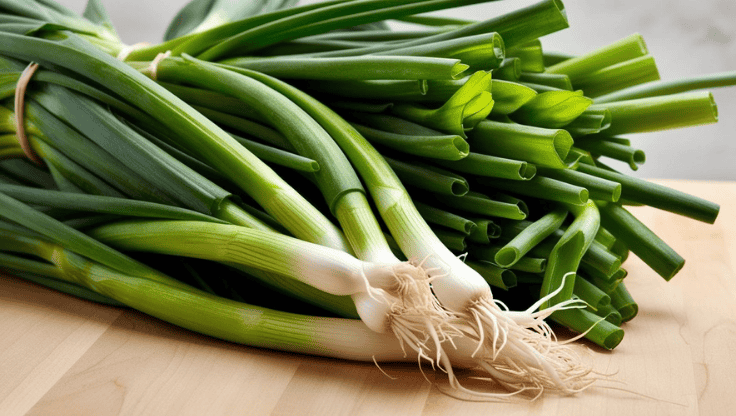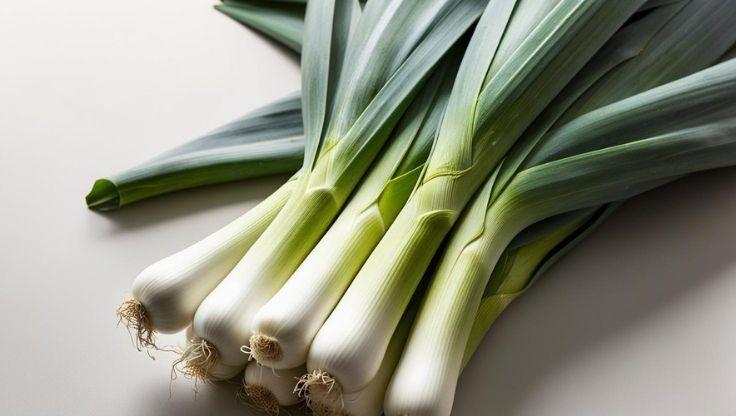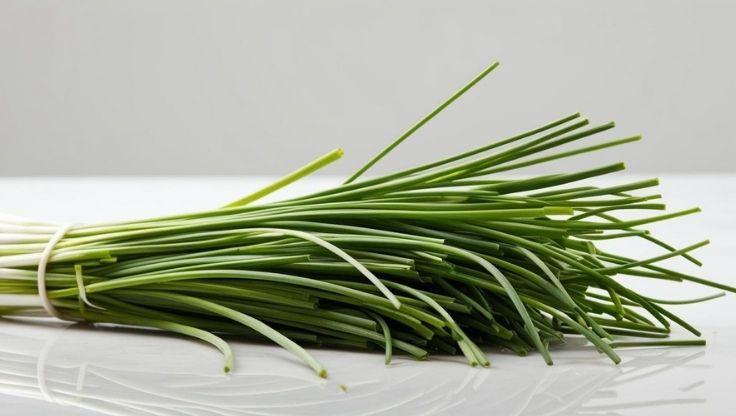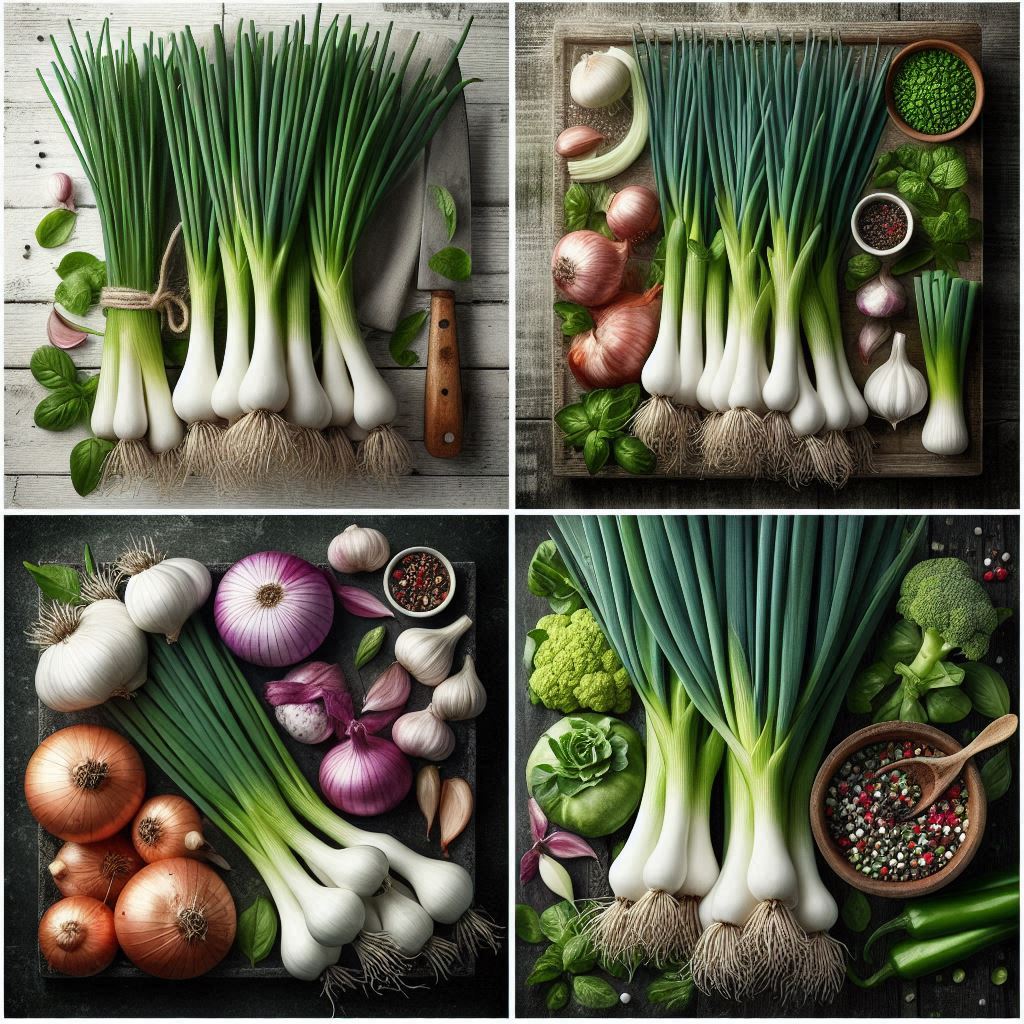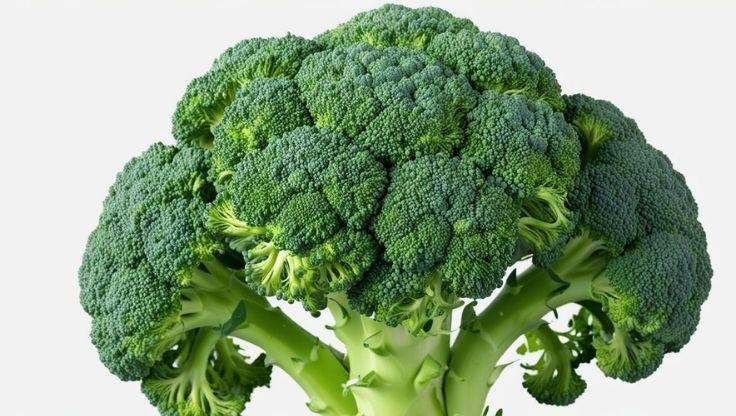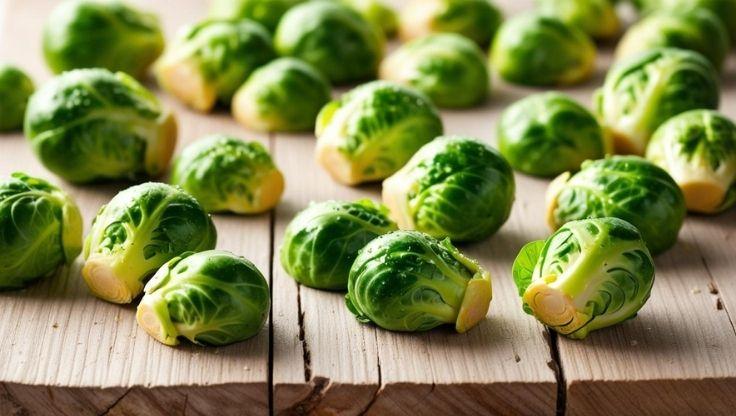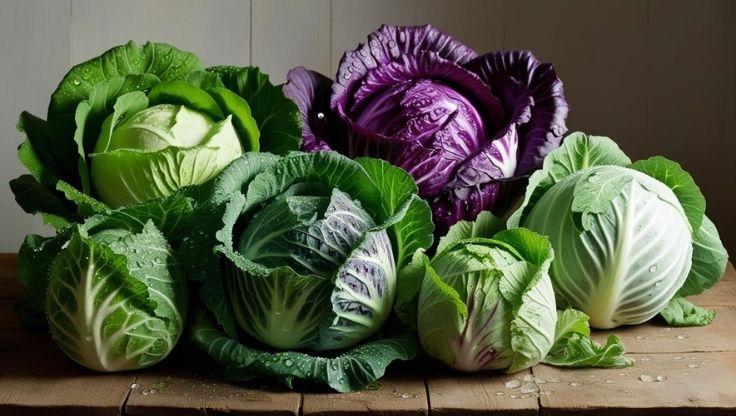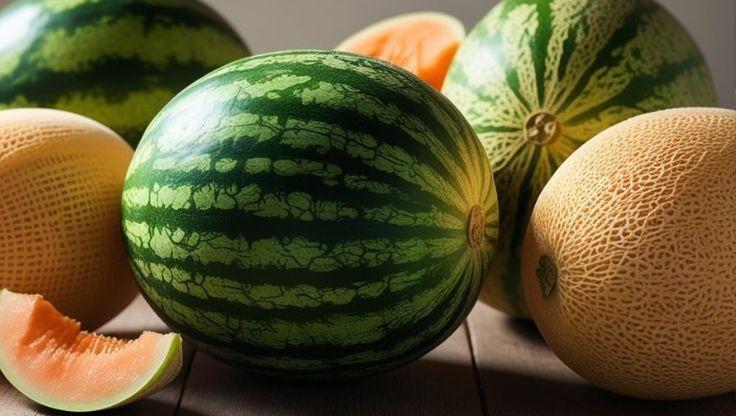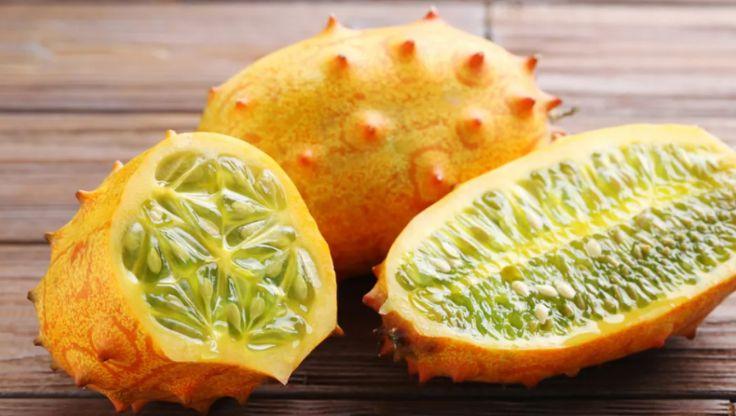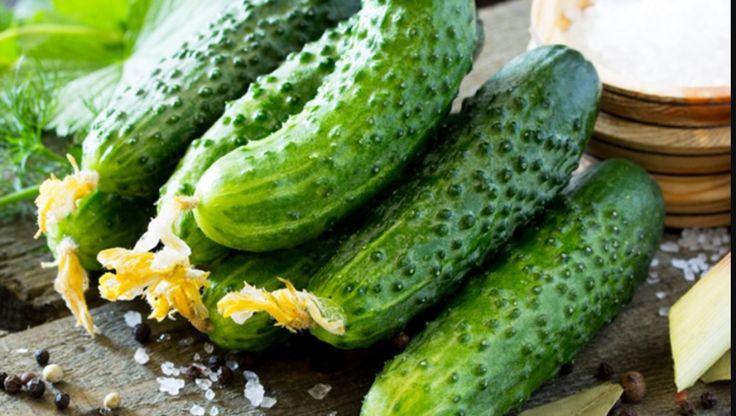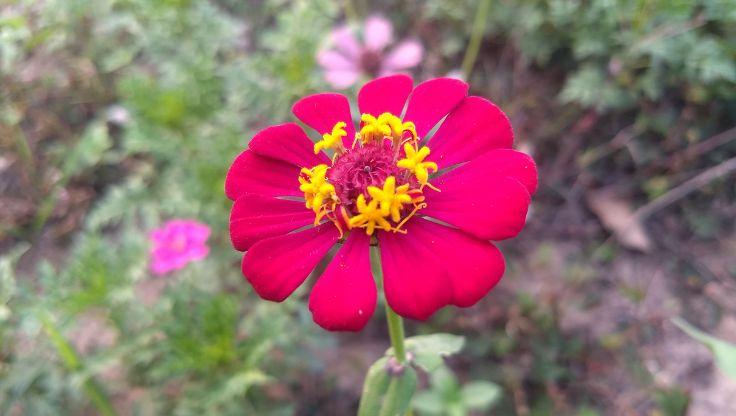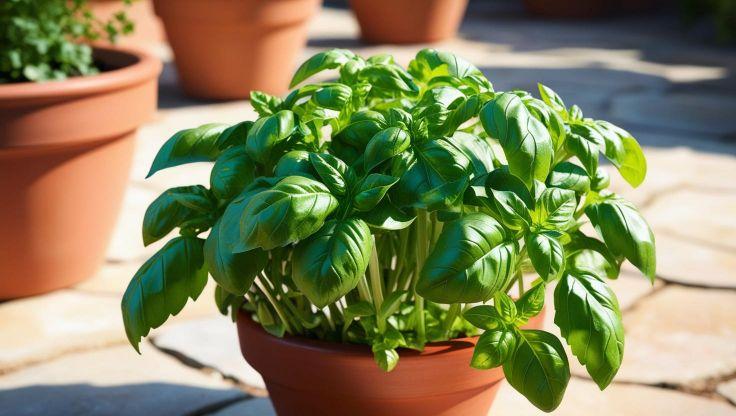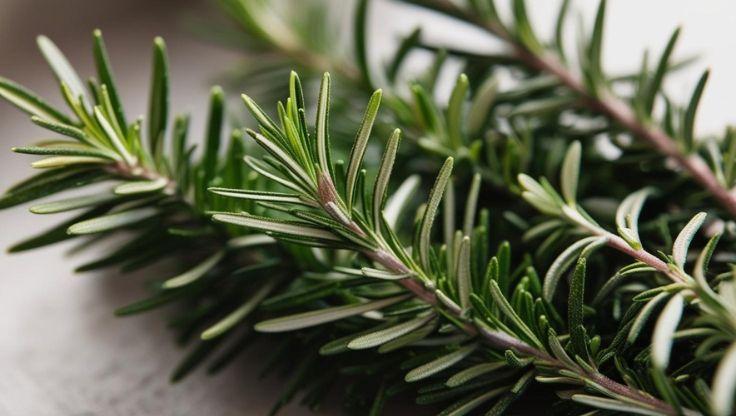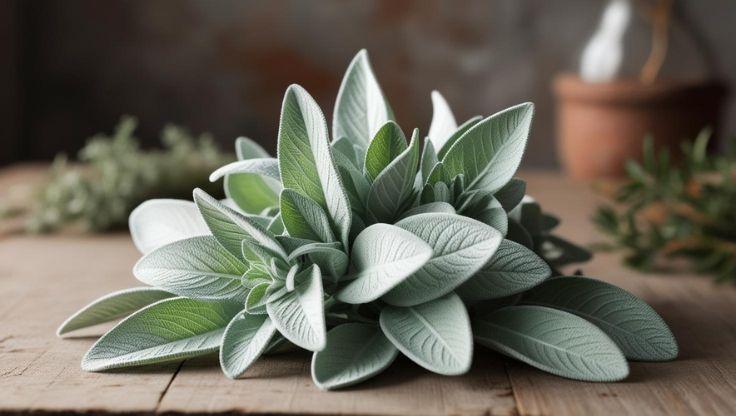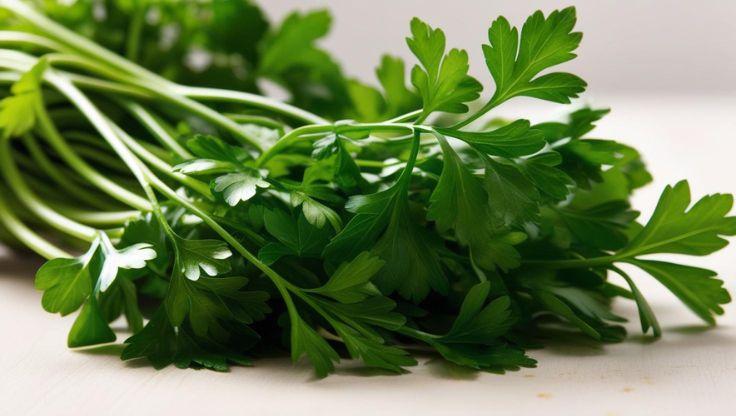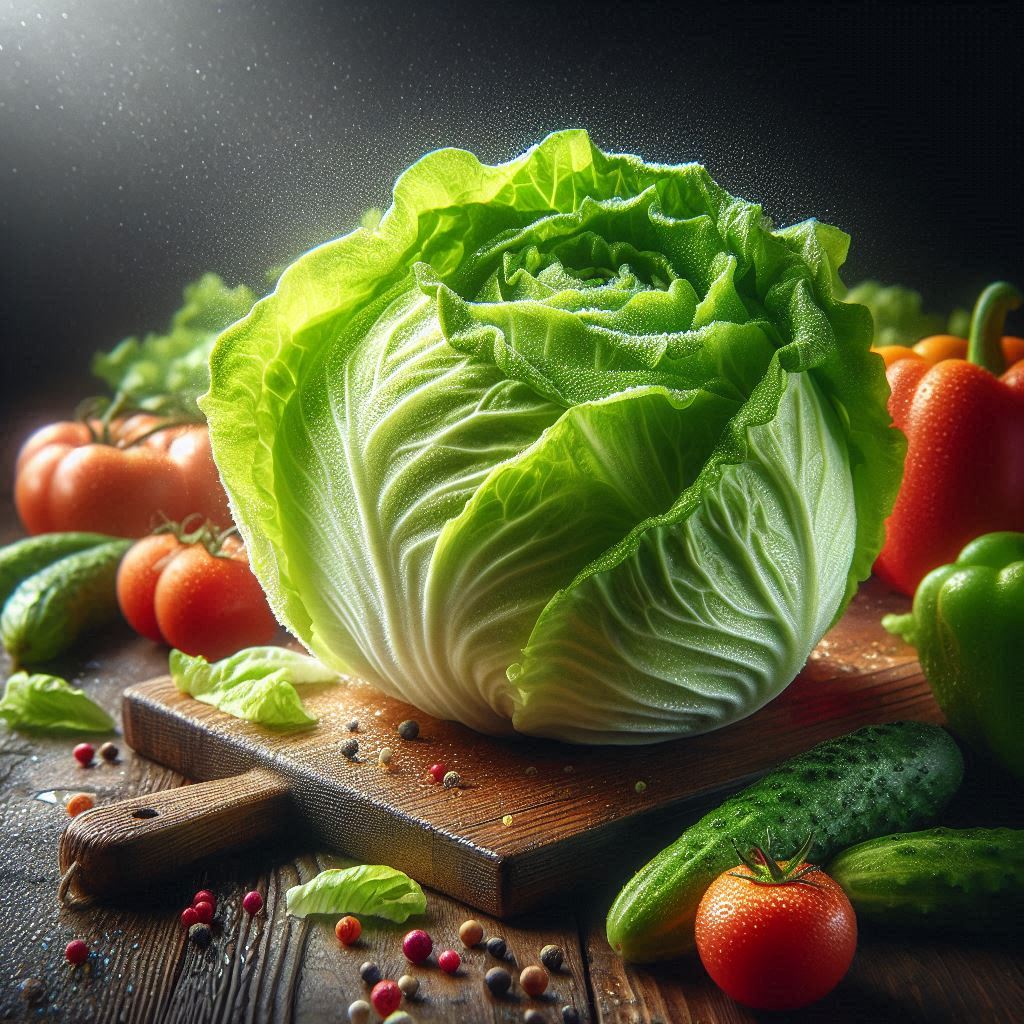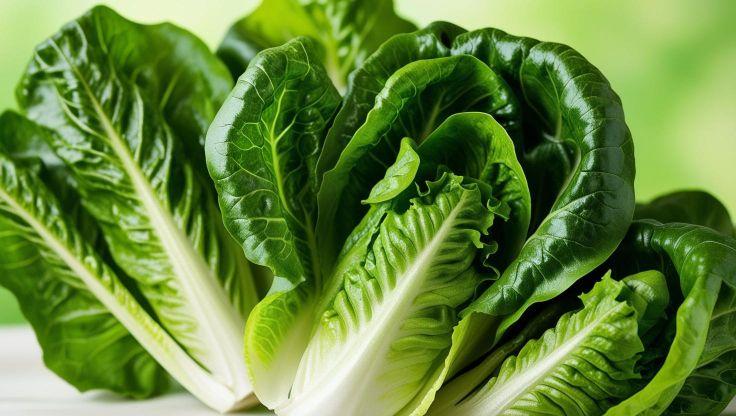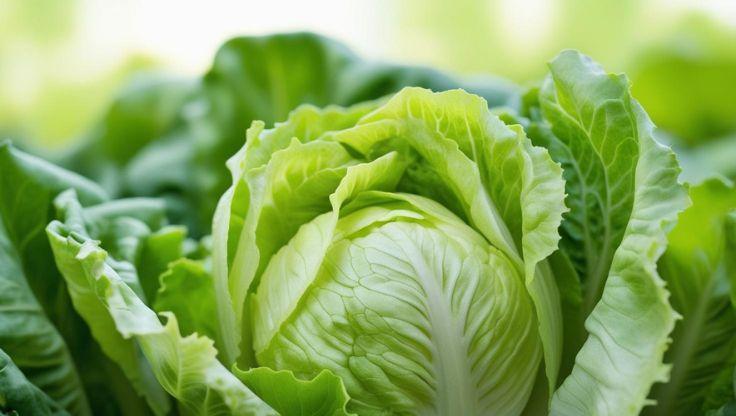Hydroponic Plants: The Ultimate Guide to Growing Kangkong (Water Spinach)
Hydroponic plants such as Kangkong (Ipomoea aquatica), commonly known as water spinach, is a fast-growing vegetable widely cultivated across Southeast Asia. This leafy green thrives in warm, humid conditions, making it ideal for hydroponic farming. Unlike traditional soil-based cultivation, growing these as hydroponic plants eliminates the risk of soil-borne diseases and pests while promoting efficient nutrient absorption and faster growth. The hydroponic system enables water spinach to flourish in controlled environments, ensuring higher yields and sustainability for these hydroponic plants.
Why Choose Hydroponic Kangkong? Benefits for These Hydroponic Plants
Cultivating Kangkong as hydroponic plants offers numerous significant advantages for the modern grower. The controlled environment of a hydroponic system allows for precise delivery of nutrients directly to the roots of your hydroponic plants. This meticulous management often results in remarkably accelerated growth rates for Kangkong hydroponic plants, leading to quicker and more frequent harvests compared to conventional soil methods.
Furthermore, hydroponic systems can facilitate greater yields in compact spaces, as Kangkong hydroponic plants can often be grown more densely. Water conservation is a major benefit, with many hydroponic setups significantly reducing water consumption through efficient recirculation, which is crucial for these water-loving hydroponic plants. The soil-less nature also minimizes risks from common soil-borne diseases and pests, promoting healthier Kangkong hydroponic plants.
Optimal Hydroponic Growing Conditions for Kangkong Hydroponic Plants
Success in growing Kangkong hydroponic plants hinges on establishing and maintaining specific, optimal environmental parameters. This includes careful management of pH, EC levels, light exposure, temperature, and humidity within your chosen hydroponic system to fully support these fast-growing hydroponic plants.
Mastering pH and EC Levels for Healthy Hydroponic Plants
For Kangkong hydroponic plants, it is vital to maintain the nutrient solution pH between 5.5–6.5. This specific pH range optimizes nutrient uptake by the roots of your hydroponic plants, ensuring they can absorb all essential elements efficiently. Consistent pH within this window prevents nutrient lockout, crucial for vigorous growth of these hydroponic plants.
Electrical Conductivity (EC), which measures the total nutrient strength, should be kept within a range of 1.5–2.5 mS/cm for Kangkong hydroponic plants. This ensures balanced nutrient delivery, preventing issues like nutrient burn or deficiencies in your hydroponic plants. Regular monitoring of both pH and EC using calibrated meters is essential for responsive management and the overall success of your hydroponic plants.
Light, Temperature, and Humidity Requirements for Your Hydroponic Plants
Kangkong hydroponic plants require 12–16 hours of daily exposure to full-spectrum LED grow lights for robust photosynthesis and lush foliage development. Adequate light intensity is paramount for the productivity of these leafy hydroponic plants. The ideal temperature range for growing Kangkong hydroponic plants is 20–30°C (68–86°F); this warmer range prevents slow growth and encourages vigorous development of your hydroponic plants.
Maintaining high humidity levels, ideally between 60–80%, is important for lush foliage development and overall plant health in Kangkong hydroponic plants. Good air circulation, while maintaining humidity, within the growing area will also help prevent potential fungal issues for your hydroponic plants, ensuring a healthy, productive crop of these hydroponic plants.

Best Hydroponic Systems for Cultivating Kangkong Hydroponic Plants
Kangkong, as fast-growing and water-loving hydroponic plants, can be successfully cultivated in several different types of hydroponic systems. The optimal choice for your hydroponic plants often depends on factors such as the grower's scale of operation, available resources, and technical expertise with various hydroponic plants setups.
Deep Water Culture (DWC) for Kangkong Hydroponic Plants
Deep Water Culture (DWC) is an excellent system for Kangkong hydroponic plants, where roots are submerged in an oxygen-rich nutrient solution. This method ensures constant root access to nutrients and water, promoting rapid growth. DWC is relatively simple to manage for these hydroponic plants, making it popular for growing these leafy hydroponic plants quickly.
Nutrient Film Technique (NFT) for Growing Hydroponic Plants
Nutrient Film Technique (NFT) involves a shallow stream of nutrient solution flowing over the roots of Kangkong hydroponic plants. This system facilitates controlled nutrient absorption and provides excellent aeration, making it an efficient choice for cultivating high-quality hydroponic plants, particularly for commercial-scale production of these fast-growing hydroponic plants.
Aeroponics for Vigorous Hydroponic Plants Growth
Aeroponics enhances oxygen uptake for vigorous growth by misting the suspended roots of Kangkong hydroponic plants with a nutrient solution. While more complex, this method can lead to exceptionally fast growth rates and high productivity for your hydroponic plants. It requires precise control but can yield impressive results for these hydroponic plants.
Nutrient Solutions & Water Management for Kangkong Hydroponic Plants
A precisely balanced, nutrient-rich solution and astute water management are fundamental to the success of your Kangkong hydroponic plants in any hydroponic system. These elements provide everything necessary for the optimal growth and development of these leafy hydroponic plants.
Crafting the Nutrient Mix for Your Kangkong Hydroponic Plants
Creating the ideal nutrient mix for Kangkong hydroponic plants involves adjusting levels of Nitrogen (N), Phosphorus (P), and Potassium (K) throughout growth phases. Higher nitrogen is often beneficial for leafy growth in these hydroponic plants. Essential Micronutrients like Calcium (Ca) and Magnesium (Mg) support healthy leaf production and overall vigor in your Kangkong hydroponic plants.
Water Aeration for Healthy Hydroponic Plant Roots
Sufficient water aeration of the nutrient solution is vital in systems like DWC to prevent root rot and enhance nutrient absorption for Kangkong hydroponic plants. Maintaining high dissolved oxygen levels ensures healthy root systems for these hydroponic plants. Regularly refreshing the solution also contributes to the vitality of your hydroponic plants.
Seed to Harvest Process for Hydroponic Kangkong Plants
Growing Kangkong hydroponic plants from seed to harvest is a remarkably quick process, making it a rewarding crop for hydroponic systems, ideal for frequent harvesting for these types of hydroponic plants.
Germination and Transplanting Kangkong Seedlings as Hydroponic Plants
Kangkong hydroponic plants grow rapidly from seeds, typically requiring 2–3 seeds per hole in a starting medium like rockwool for efficient germination. Maintain consistent moisture and warmth for these future hydroponic plants. After germination, once seedlings are robust, they are carefully transplanted into the main hydroponic system designed for these fast-growing hydroponic plants.
Maturation and Harvesting Time for Your Hydroponic Plants
After transplanting into the hydroponic system, Kangkong hydroponic plants reach maturity for harvesting remarkably quickly, often within 30–45 days. This makes them ideal for frequent harvesting cycles. Hydroponic cultivation accelerates growth while improving overall leaf quality of your Kangkong hydroponic plants, allowing for cut-and-come-again harvesting.
Recommended Kangkong Varieties for Hydroponic Plants Success
Several Kangkong varieties are well-suited for cultivation as hydroponic plants. Popular choices known for their performance in hydroponic systems include Thai Kangkong, Chinese Water Spinach, and Red Stem Kangkong. Selecting a good variety will enhance the success and yield of your hydroponic plants crop.
Culinary Uses and Health Benefits of Hydroponic Kangkong Plants
Kangkong grown as hydroponic plants is prized for its tender leaves and mild flavor, along with significant health benefits, making it a valuable addition to many cuisines from these hydroponic plants.
Versatile Culinary Applications of Your Hydroponic Plants
Kangkong is a staple vegetable in many cuisines, especially popular when grown as hydroponic plants. It is widely used in stir-fries, soups, curries, and salads. It is particularly popular in Southeast Asian dishes like sambal kangkong, showcasing the adaptability of these versatile hydroponic plants.
Rich Nutritional Profile of Hydroponic Plants (Kangkong)
Kangkong hydroponic plants are rich in vitamins A, C, and iron, contributing significantly to a healthy diet. Consuming these hydroponic plants supports digestion, immune health, and heart wellness. Kangkong also contains antioxidants that combat inflammation, making these hydroponic plants a beneficial food from your hydroponic system.
Sustainability Advantages of Growing Kangkong as Hydroponic Plants
Cultivating Kangkong within a hydroponic system offers significant environmental and production advantages, positioning these hydroponic plants as a sustainable choice. A hydroponic system greatly reduces pesticide dependency, leading to cleaner produce from your hydroponic plants. It also enhances water conservation and supports consistent year-round cultivation of Kangkong hydroponic plants, regardless of external conditions.
Challenges and Solutions for Kangkong Hydroponic Plants
Even in soil-free hydroponic cultivation, Kangkong hydroponic plants can face challenges. Proactive management is key to healthy hydroponic plants.
Common Pests & Diseases in Hydroponic Systems
Despite soil-free cultivation, hydroponic plants like Kangkong can face aphids, whiteflies, and fungal infections. Preventative measures include maintaining proper airflow and using organic pest control methods. Vigilance helps protect your Kangkong hydroponic plants.
Solutions for Growth Issues Affecting Hydroponic Plants
-
Nutrient Deficiencies: Adjust macronutrient and micronutrient balance based on plant appearance and testing for optimal growth of your hydroponic plants.
-
Environmental Stress: Maintain steady temperature and humidity levels to prevent plant deterioration and ensure consistent development for Kangkong hydroponic plants.
-
Root Rot Prevention: Keep nutrient solutions well-oxygenated and refreshed regularly to prevent root diseases in your hydroponic plants.
Conclusion: Growing Kangkong Successfully as Hydroponic Plants
Growing Kangkong as hydroponic plants is a highly productive and rewarding endeavor. By providing the ideal conditions within a well-managed hydroponic system, including correct pH, EC, light, and robust aeration, growers can expect frequent, bountiful harvests of these delicious hydroponic plants. The rapid growth and adaptability make Kangkong an excellent choice for efficient, sustainable food production using modern hydroponic plants techniques.
Research for expert insights
Discover expert knowledge and comprehensive information in the following resources.
|
Institution |
Article Title |
Article Link |
|---|---|---|
|
ResearchGate |
Phytoremediation Potential of Kangkong (Ipomoea reptans Poir) in Lead-Contaminated Hydroponic Systems |
Their thorough examination sheds light on key details, making them an indispensable guide for expanding knowledge.


